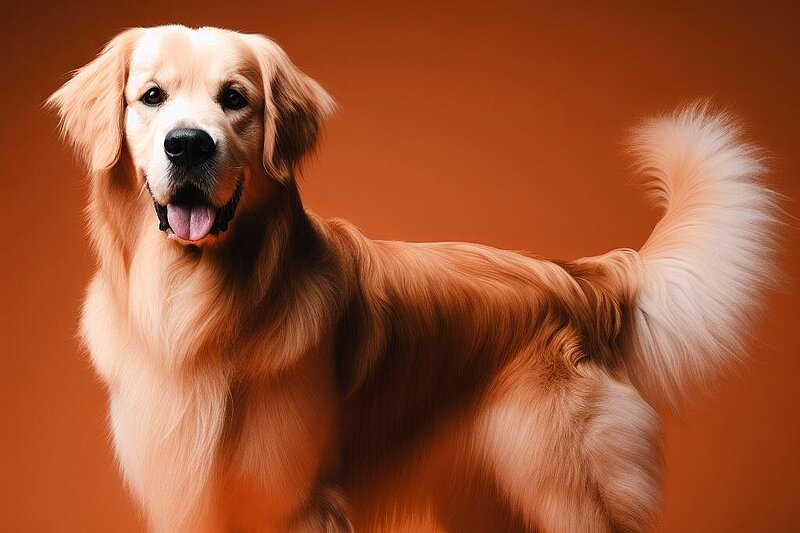Golden hearts: Everything you need to know about the Golden Retriever
The history of the Golden Retriever
The origins of the Golden Retriever lie in Scotland in the 19th century. Lord Tweedmouth is credited with breeding this breed. He wanted to create a dog that had both excellent hunting qualities and a gentle nature. By crossing a yellow retriever with a tweed water spaniel and later with Irish setters and bloodhounds, the Golden Retriever as we know it today was created. The breed was first recognized by the Kennel Club in Great Britain in 1911 and has since gained popularity worldwide.
Who is the Golden Retriever suitable for?
Golden Retrievers are versatile dogs that are suitable for a variety of households. They are ideal for families with children as they are patient and loving. Singles and older people can also enjoy a Golden Retriever as they are adaptable and easy to train. Due to their social nature and love of water, they are also perfect companions for active people and those who enjoy spending time in nature.
Character and behavior
Golden Retrievers are known for their gentle and friendly nature. They are very people-oriented and love to spend time with their family. Their intelligent and docile nature makes them excellent working dogs, whether as guide dogs for the blind, therapy dogs or in the rescue service. They are also playful and social, making them ideal companions for other dogs and pets.
Appearance and size
Golden Retrievers have a dense, water-repellent coat that shimmers in various shades of gold. They have a muscular build, a strong head and friendly eyes that always appear alert and curious. Males reach a shoulder height of around 56-61 cm and weigh between 30-34 kg, while females are somewhat smaller and lighter, with a shoulder height of 51-56 cm and a weight of 25-32 kg.
Grooming and health
The Golden Retriever's coat requires regular grooming to prevent matting and keep the coat healthy. It is recommended to brush the coat thoroughly at least twice a week. During the shedding season in spring and fall, daily brushing may be necessary. The ears should also be checked and cleaned regularly to prevent infections.
Golden Retrievers are generally robust dogs, but as with many purebred dogs, genetic health problems can occur. These include hip and elbow dysplasia, heart disease and certain cancers. Regular veterinary check-ups and a balanced diet are important to maintain a dog's health.
Exercise requirements and living environment
Golden Retrievers have a high need for exercise and love to be active outdoors. They need daily walks, playtime and mental stimulation to stay happy and healthy. Although they can adapt well to city living, a home with a garden or proximity to parks and green spaces is ideal for this active breed.
Training recommendations
Golden Retrievers are very eager to learn and respond well to positive reinforcement. Early socialization training is important to ensure that they grow into well-adjusted adults. Basic obedience and learning tricks and commands will keep their minds active and promote a close bond with their owner. Dog sports such as agility or obedience also provide an excellent opportunity to satisfy their need for exercise and develop their intelligence.
Behavioral characteristics and interactions
Golden Retrievers are known for their gentleness and friendly nature. They are particularly good with children and other pets, making them ideal family dogs. Their even temperament and adaptability also make them excellent companions for people with special needs.
FCI recognition and interesting facts
The Golden Retriever is recognized by the Fédération Cynologique Internationale (FCI) and belongs to Group 8, the retrieving, pouncing and water dogs. An interesting fact about this breed is its special love of water. Originally bred as hunting dogs, they have a natural affinity for swimming and retrieving prey from the water.
